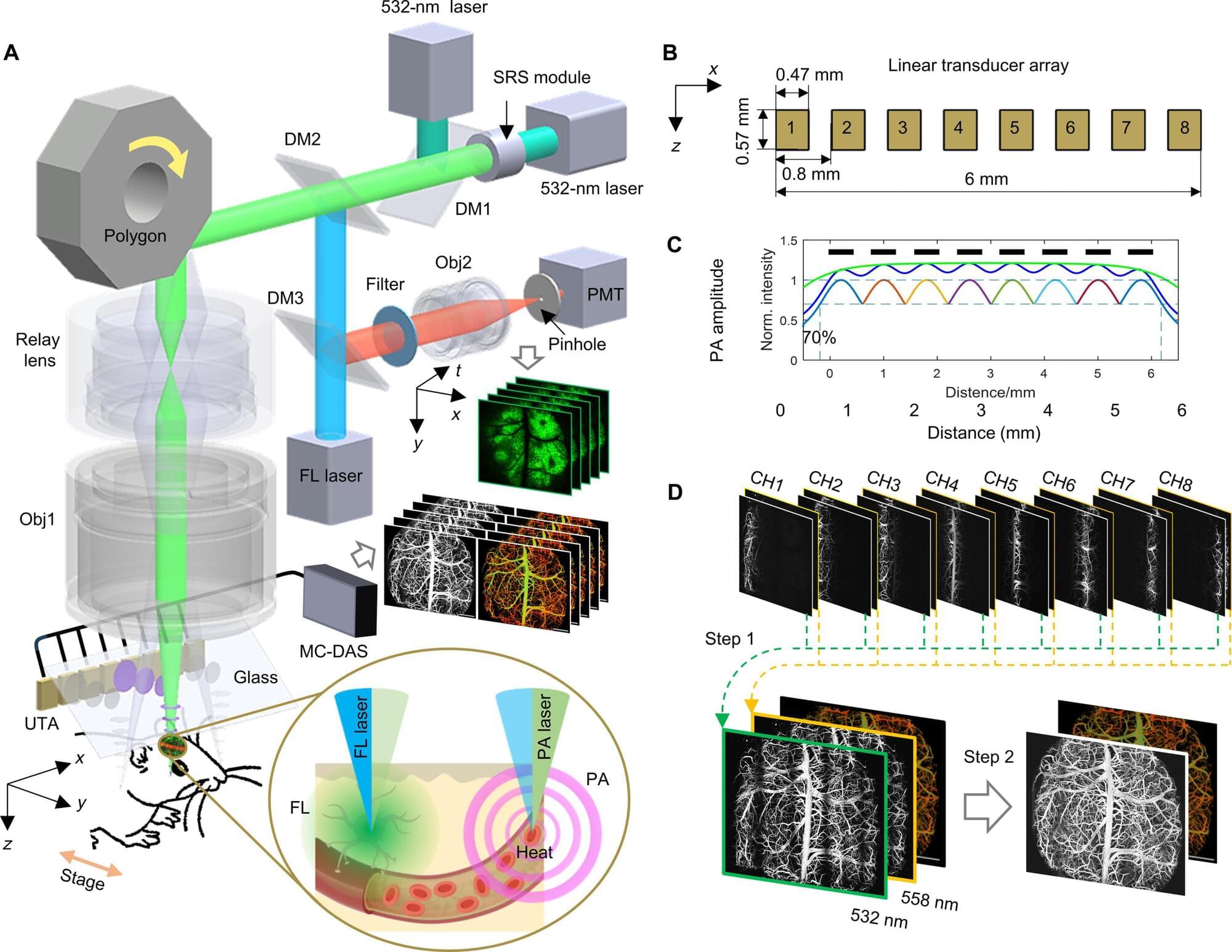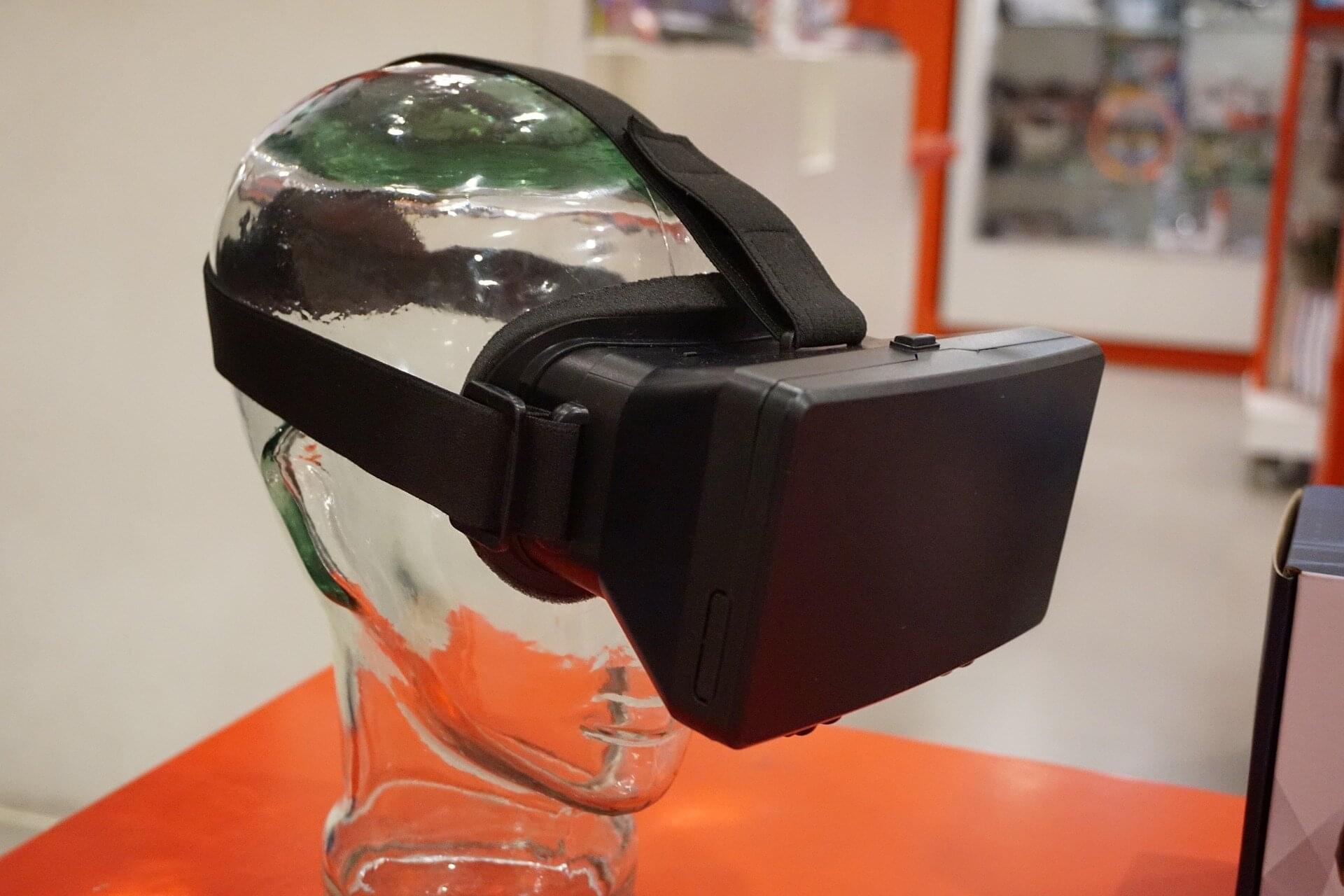Why do so many people relapse after quitting cocaine? A new study from The Hebrew University reveals that a specific “anti-reward” brain circuit becomes hyperactive during withdrawal—driving discomfort and pushing users back toward the drug. Surprisingly, this circuit may also serve as a built-in protective mechanism, offering new hope for addiction treatment.
Cocaine addiction has long been understood as a tug-of-war between reward and restraint. The rush of dopamine keeps users hooked, while withdrawal triggers anxiety, depression, and despair. But a new study by researchers at The Hebrew University of Jerusalem reveals that it’s not just the craving for pleasure—but the brain’s aversion to pain—that plays a powerful role in relapse.
Led by Prof. Yonatan M. Kupchik and Ph.D. student Liran Levi from the Faculty of Medicine, the study, appearing in Science Advances, identifies a specific “anti-reward” network deep in the brain that undergoes lasting changes during cocaine use, withdrawal, and re-exposure. This glutamatergic network, located in the ventral pallidum, is emerging as a key player in addiction—and a promising target for future therapies.








